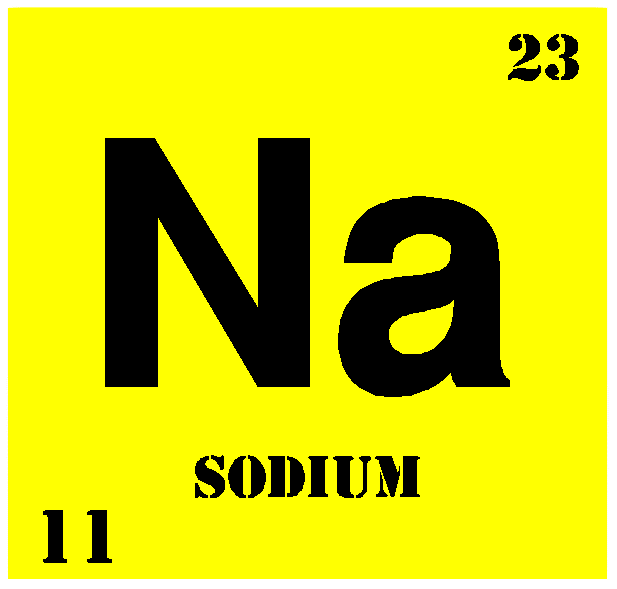Sodium comes from salt. It is absolutely essential for animal life, but can be harmful to animals and plants in excess. Salt is one of the oldest, most ubiquitous food seasonings and salting is an important method of food preservation. The taste of salt (saltiness) is one of the basic human tastes.
 |
| What is Sodium? - Nutrition Facts |
Sodium for human consumption is produced in different forms: unrefined salt (such as sea salt), refined salt (table salt), and iodized salt. It is a crystalline solid, white, pale pink or light gray in color, normally obtained from sea water or rock deposits. Edible rock salts may be slightly grayish in color because of mineral content.
Chloride and sodium ions, the two major components of salt, are needed by all known living creatures in small quantities. Salt is involved in regulating the water content (fluid balance) of the body. The sodium ion itself is used for electrical signaling in the nervous system. Because of its importance to survival, salt has often been considered a valuable commodity during human history. However, as salt consumption has increased during modern times, scientists have become aware of the health risks associated with high salt intake, including high blood pressure in sensitive individuals. Therefore, some health authorities have recommended limitations of dietary sodium, although others state the risk is minimal for typical western diets. The United States Department of Health and Human Services recommends that individuals consume no more than 1500–2300 mg of sodium (3750–5750 mg of salt) per day depending on age.
ليست هناك تعليقات:
إرسال تعليق